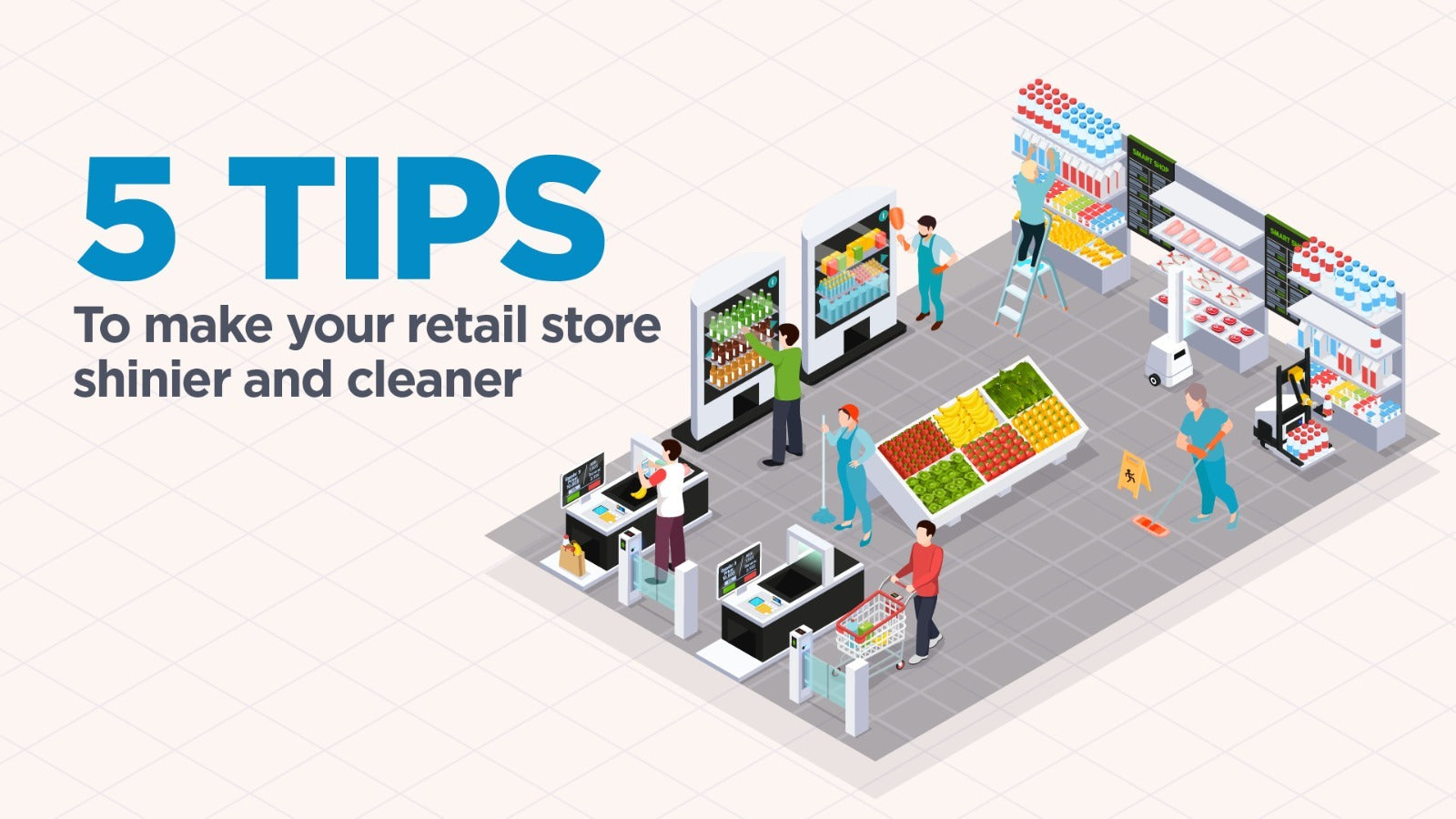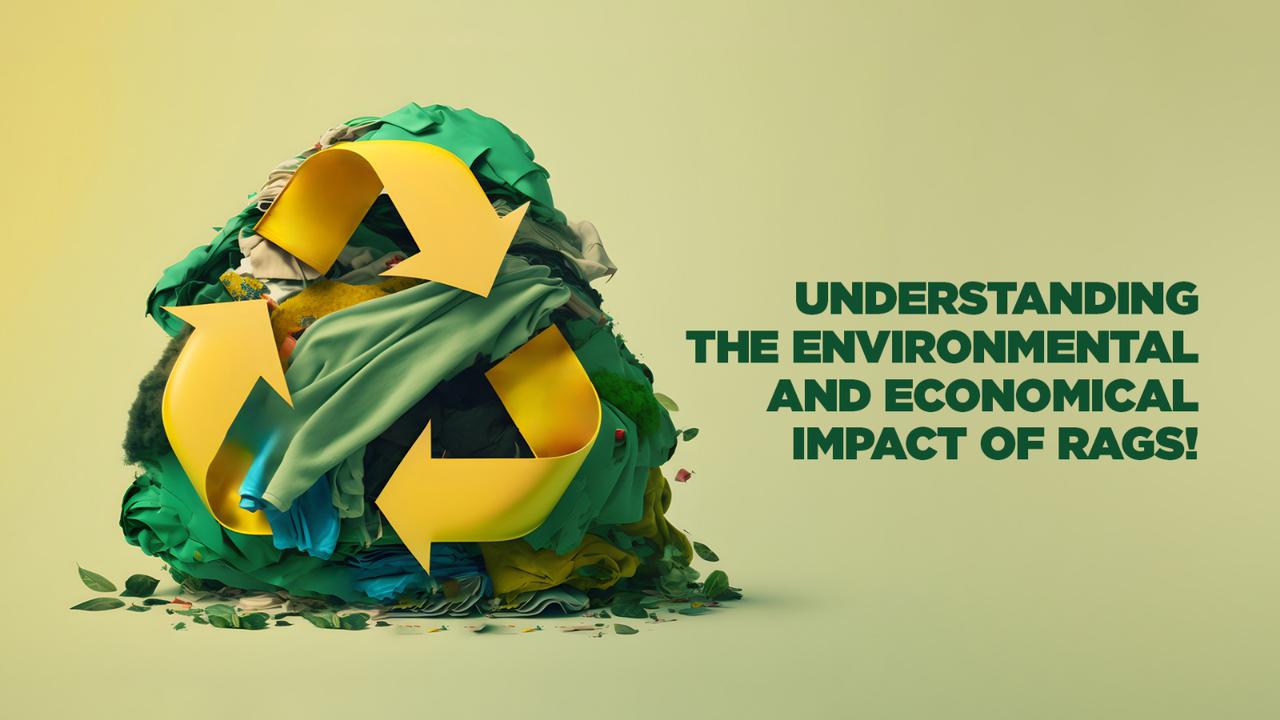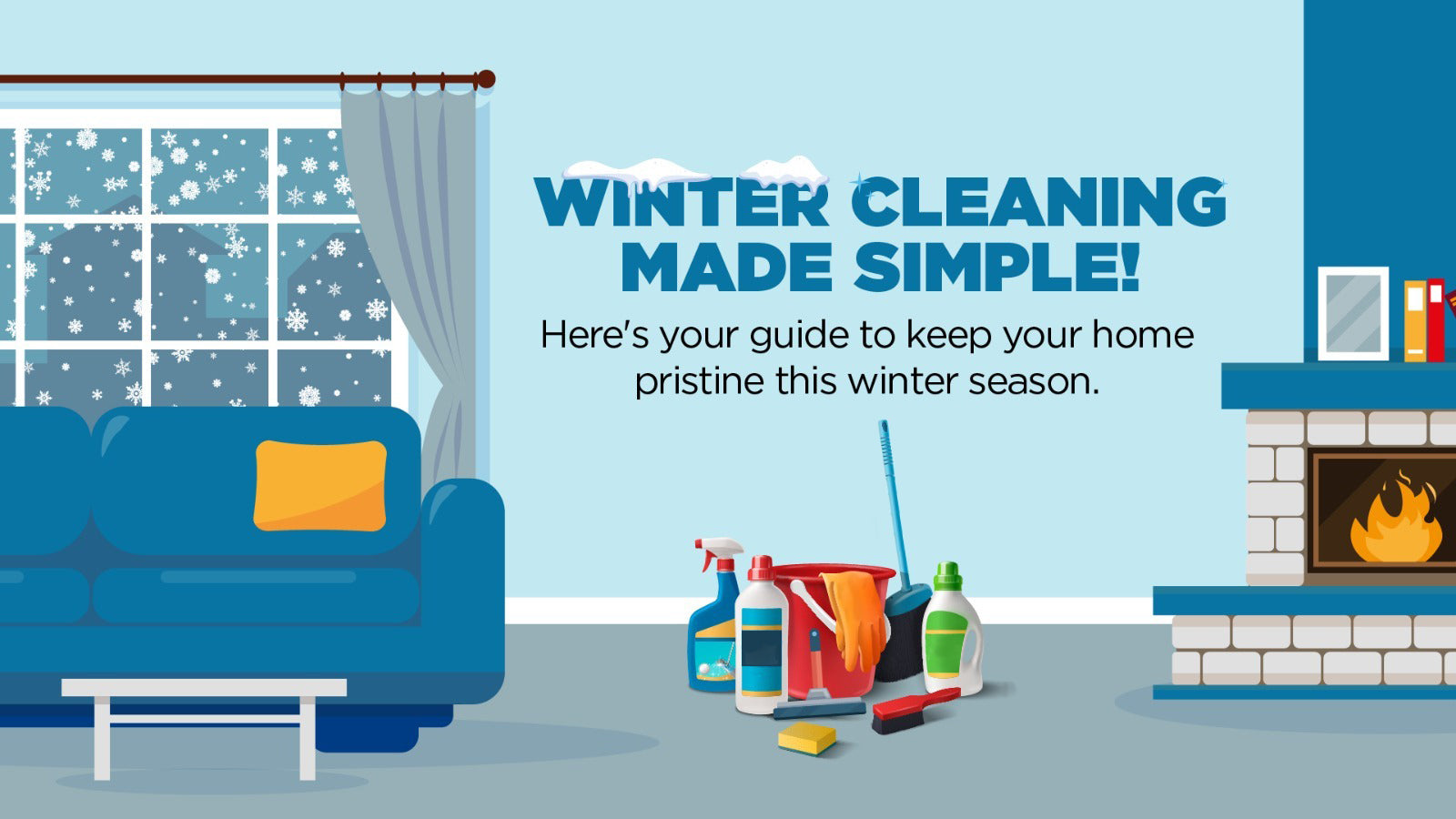
Spills and their effect on stormwater pollution - best practices for prevention
Spills are the accidental or intentional release of substances, such as chemicals, oils, or hazardous materials, into the environment. Spills can have a direct and severe impact on stormwater pollution by contaminating nearby water bodies, harming aquatic ecosystems, and posing risks to human health. Spills can possess a serious threat to the environment and human health as the stormwater runoff can carry spilled substances into rivers, lakes, or oceans without treatment, exacerbating the existing pollution problem, contributing to degraded water quality, damage to aquatic life, ecosystem disruption, and contamination of water supplies and recreational areas.
Spill prevention plays a crucial role in safeguarding water quality and the environment. There are several legal norms that the constructions have to comply with to prevent spill and stormwater management. Stormwater contamination from spills can pose severe health risks to humans who rely on these water sources for drinking, irrigation, and recreational activities. By prioritizing spill prevention, we can ensure the safety of these vital resources and protect the well-being of both the environment and the communities that depend on them.
Spill Prevention Strategies:
Promoting a culture of spill prevention that takes up safety and environmental responsibility is one of the most crucial aspects in rising awareness about spill prevention that enables everyone to inculcate the practice of it.
The importance of spill prevention training lies in equipping employees with the knowledge and skills to prevent spills from happening in the first place. By raising awareness about the potential risks associated with handling hazardous materials, employees can better understand the significance of adhering to proper procedures and precautions. This, in turn, reduces the likelihood of accidental spills and their detrimental consequences on the environment and human health.
Spill Containment Measures:
To prevent spills from reaching storm drains or nearby water bodies, it is essential to employ appropriate spill containment measures. Some commonly used techniques include spill berms, containment pallets, and secondary containment systems.
Spill Berms:
Spill Berms are a kind of barrier, made of flexible materials such as polyurethane or PVC and can be quickly deployed around hazardous material storage areas or potential spill sites. Spill berms create a physical barrier that prevents spilled substances from spreading and entering storm drains or nearby water bodies.
Containment Pallets:
Containment pallets contain drums, barrels, or containers that hold and store hazardous spills and are equipped with gates or gridded surfaces that efficiently capture and retain any leaks or spills from occurring.
Secondary Containment Systems:
Secondary containment systems offer extra protection by creating a contained area around storage tanks, containers, or equipment. They use walls, curbs, or dikes made of resistant materials. If a spill occurs, the system captures and contains the spilled material, stopping it from reaching storm drains or nearby water bodies. Preventing environmental contamination is their main goal.
Selecting and placing spill containment measures correctly is vital for their effectiveness. By considering the type and volume of hazardous materials and potential spill scenarios, the containment measures can be properly analyzed, and one can accommodate the maximum volume of a potential spill and strategically place it in areas where spills are most likely to occur.
By implementing and maintaining appropriate spill containment measures, organizations can minimize the risk of spills reaching water bodies. This proactive approach protects water quality and ecosystems, and helps meet regulatory requirements while reducing potential liabilities.
Spill Response Procedures:
To minimize the impact of spills and protect the environment, spill response activities that are taken at the right time are very crucial. When a spill occurs, immediate actions should be taken, such as assessing the situation, donning appropriate personal protective equipment, containing the spill to prevent further spread, and deploying absorbents to soak up the spilled substance. There are multiple options available to address a spill response situation and some of these are mentioned below.
Spill Kits and their Components:
Spill kits contain the vital tools and equipment needed to quickly and efficiently contain and clean up spills. Depending on the size and nature of the spill, one can select the right spill kit essential to address the situation, and components in the kit vary from requirements. Absorbents, Personal Protective Equipment, Containment Bags, Spill Response Tools such as brooms, dustpans, and brushes, etc.
Immediate actions when a spill occurs:
When a spill occurs, it is crucial to act quickly to minimize its impact. The following step-by-step spill response procedures are recommended:
- Assess the Situation: Evaluate the size and severity of the spill, and determine if it can be safely handled using available resources and personal protective equipment (PPE).
- Personal Protection: Put on the appropriate PPE, including gloves, goggles, and coveralls, to protect against potential hazards.
- Contain the Spill: Use spill berms, containment booms, or other suitable barriers to prevent the spread of the spill and keep it from reaching storm drains or nearby water bodies.
- Absorb the Spill: Deploy absorbent materials from the spill kit to soak up and contain the spilled substance. Place absorbent pads or socks around the perimeter of the spill to prevent further spreading.
- Cleanup and Disposal: Carefully collect the used absorbents and any contaminated materials using appropriate tools. Place them in containment bags provided in the spill kit. Follow the disposal instructions and dispose of the waste in accordance with local regulations.
- Decontamination: Clean and decontaminate the affected area using appropriate cleaning agents and methods as specified for the spilled material.
Also, depending on the volume and nature of the spill, it is necessary to notify the internal team in the organization and the relevant authorities. Reporting spills to the regulatory authorities enables them to track incidents, assess their impact, and implement necessary measures to prevent future spills and protect the environment.
Spill Control Measures:
Spill control measures are the strategies and practices employed to effectively tackle and minimize the impact of spills on the environment. These measures include various aspects, such as spill control planning, prevention, action, and learnings for the future. Apart from effective spill control, following stormwater management practices can enable organizations to proactively address spills, protect water quality, and mitigate environmental risks. Regular updates, drills, and inspections of spill controls and stormwater management systems are essential to maintain preparedness and prevent pollution.
Spill Control Planning:
Creating a spill control plan is vital for managing spills and reducing their impact. The process includes assessing risks and spill scenarios, establishing response protocols, assigning responsibilities, updating the plan as needed, and conducting drills to enhance preparedness and employee familiarity.
Stormwater Management Practices:
Stormwater management and spill control are closely linked. Effective practices prevent spills from reaching storm drains and nearby water bodies. Best management practices (BMPs), like sediment and erosion control measures, minimize pollutant transport in stormwater runoff. Implementing these practices reduces the risk of spills contaminating water bodies and causing stormwater pollution.
Compliance and Monitoring:
Organizations are required to obtain stormwater permits and adhere to specific regulatory guidelines, and constantly monitor and inspect spill control practices, spill kits, containment systems, and stormwater best management practices to detect and address potential issues related to stormwater pollution and spills.
By developing a comprehensive spill control plan, implementing effective stormwater management practices, and ensuring compliance and monitoring, organizations can act responsibly in safeguarding the environment.
In conclusion, effective spill control measures play a critical role in stormwater management, protecting water quality and minimizing the environmental impact of spills. An efficient stormwater management plan includes prevention measures and necessary training for the staff to tackle unprecedented situations. With a Spill Kit that comes hand-in, organizations can quickly respond and mitigate the risk of pollution by clearing the spills in no time.
Shop for the most efficient Spill Kits to address and manage the spill situations in your organization. Here’s a range of spill kits from the best rag and spill kit shoppe in Canada.



